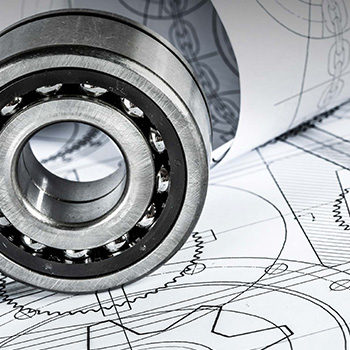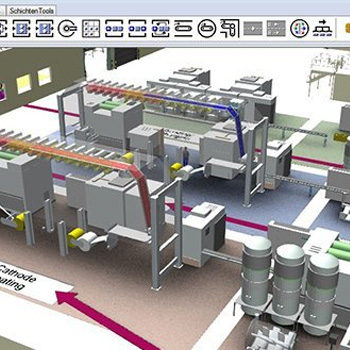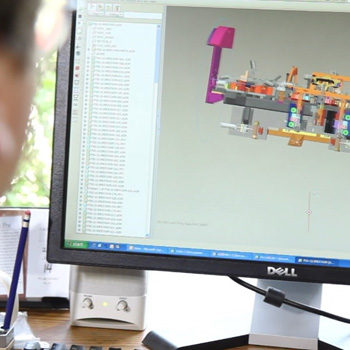

Many companies wish to implement design automation in their design process, but the challenge is identifying where they can do so. The first step is to plan an evaluation to identify whether there are in fact any opportunities for automation in their existing design process.
Opportunity evaluation is often not straightforward for design automation. Unlike other software systems, the ideas for automation usually come from various different sources and there is no organized method to capture these ideas. After the ideas are captured, the next step is to utilize resources for automation and once again, there is no organized method for this. The fact that the technology for automation is not well understood can also compound the difficulty.
Ideally, a formal opportunity evaluation for design automation should be conducted at an early stage of product development. The sooner, the better. This early evaluation usually fares better than a late stage opportunity evaluation.
Three major kinds of evaluation are necessary to figure out whether design automation can be implemented for your engineering design process.
- Engineering Evaluation
In Trikonic’s experience with various design automation projects, the ideas for design automation came from domain experts. However, in some companies, the ideas were shared by developers instead of domain experts. In such cases, it is necessary to appoint developers with an “engineering” background rather than a software development background. While evaluating the opportunity for design automation, it is important to understand the engineering domain and set realistic customer expectations on the application’s abilities. During this process, it would also be a good idea to involve people from various departments like engineering design, manufacturing and CAD engineers to ensure this process is effectively executed.
- Technology Evaluation
Design automation technology depends on good technology. Therefore, it is critical to perform a technology evaluation. This serves to identify any pitfalls that could arise during development or implementation of design automation from a technology standpoint. When executing evaluation of tools, most developers settle with “the most practical tool for the job”. If we happen to choose an expensive tool or a new programming language, it’s always a good idea to perform a benchmarking study before diving straight into it. This saves you from running into trouble down the road.
- Resource Evaluation
Resources are an important aspect to consider for the development of any software application. This holds true for design automation applications as well. Consider the different types of resources such as physical resources like infrastructure, computers, software, etc. If a company has past experience in implementing design automation, this experience is also an important and useful resource. They have access to expert systems when the company has such past experience. However, in most scenarios, resources are not particularly well evaluated because developers often fail to utilize existing expert experience for the application source code. This often results in rework or duplicate efforts. A clear resource evaluation will help avoid such confusion.
Performing these evaluations will help clearly identify opportunities for product design automation and ease the road to developing such applications.
Trikonic is a fast-growing design automation company providing end-to-end design automation solutions for the engineering design process. Our CAD customization services for 2D and 3D CAD software and design utility development simplify your design process, improve how your design engineering team works, increase efficiency and cut costs.



